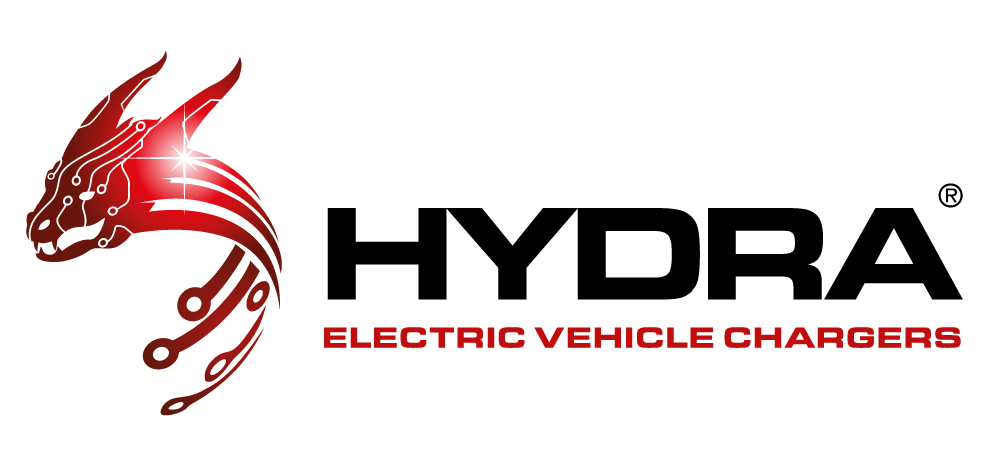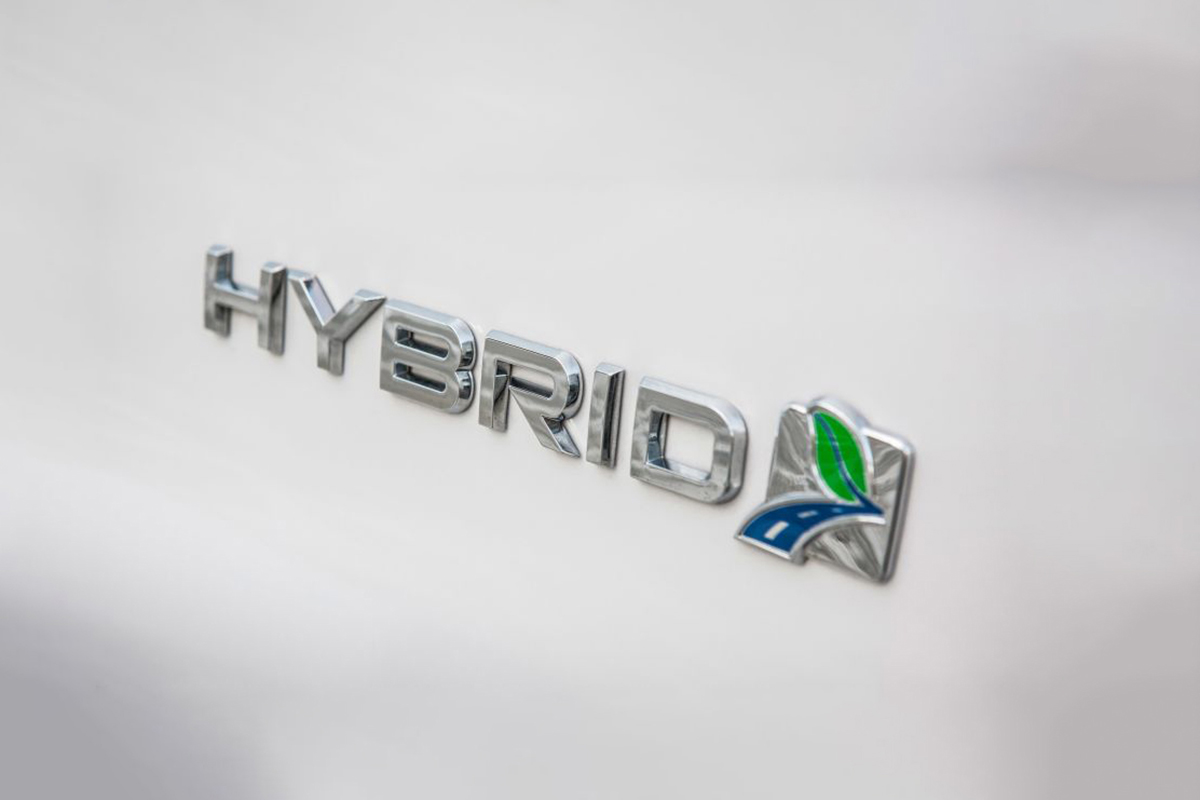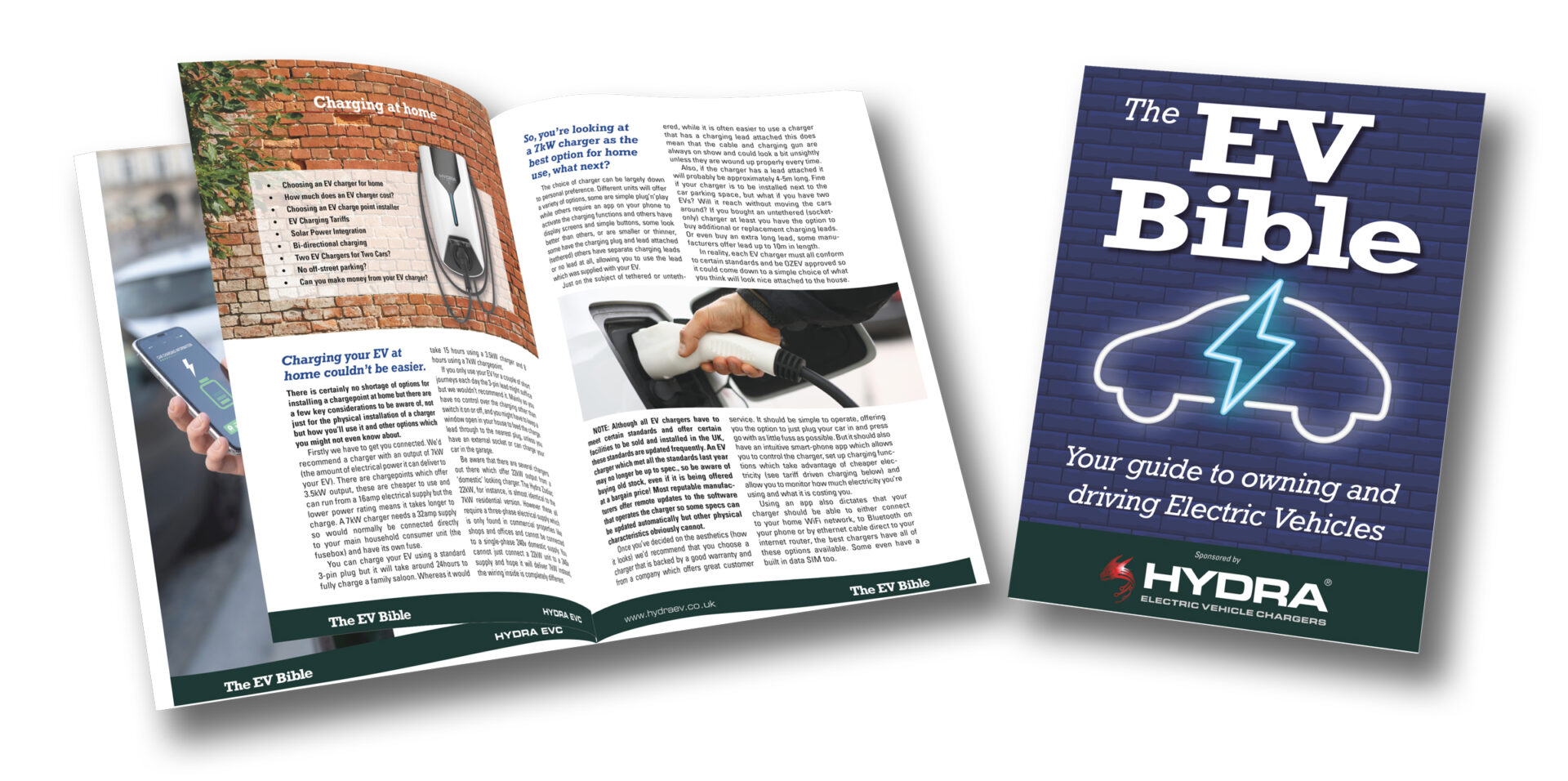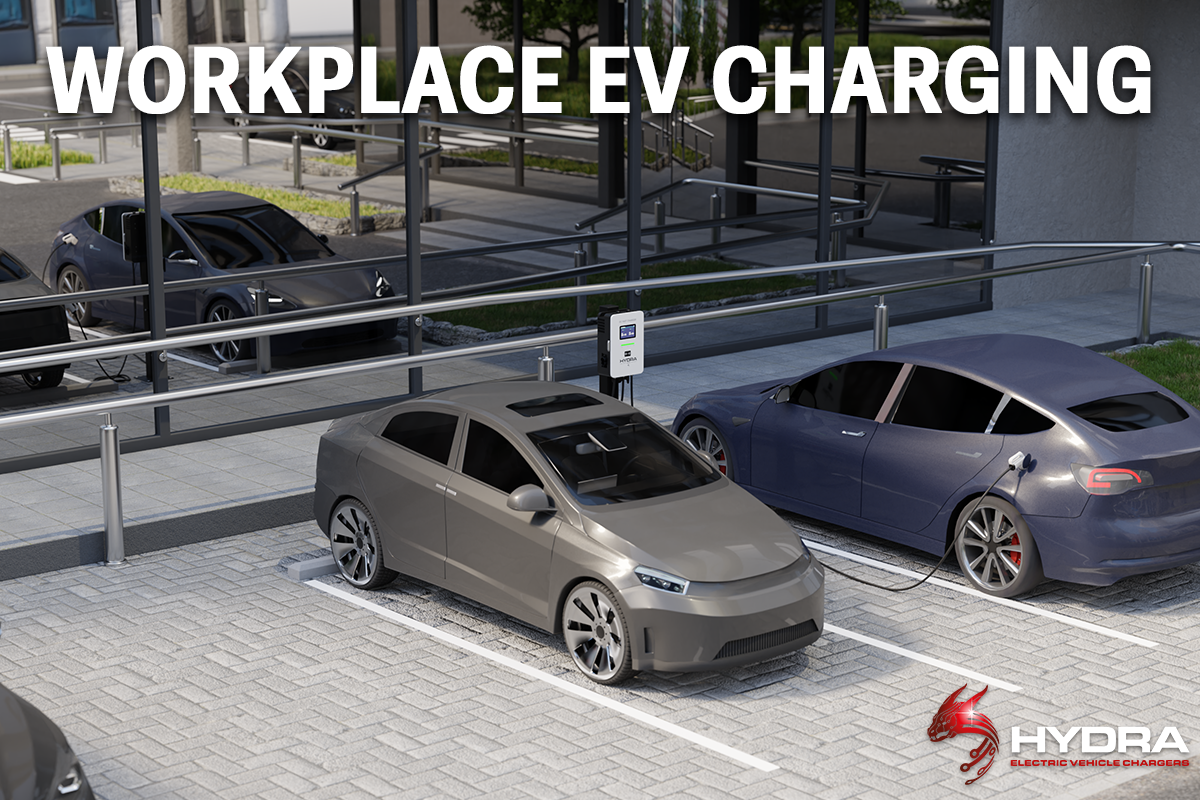While there is obviously still some anxiety about adopting a fully electric mode of transport the ‘hybrid’ option looks like a sensible compromise. But, in reality it is just that: a compromise.
You get the convenience of a petrol or diesel engine so your driving habits do not need to change all that much, but with the added advantage of being able to use cheaper and cleaner electric power to take over the most fuel-consuming activities, like driving in slow or stop-start traffic or moving off from a stand-still, all of which are easily undertaken with battery power.
However, the electric-only range is probably going to be very short, 20-40 miles at most, and the small petrol engine (there are very few diesel-powered hybrids) will not give you a very exciting driving experience.
Additionally the servicing costs for hybrid cars can be higher than either electric-only or petrol-only as the system is more complex than either of the other vehicles so servicing can take longer. Hybrids themselves can be further segregated into ‘mild-hybrid’, ‘self charging-hybrid’ and ‘plug-in-hybrid’.
The EV industry and wider environmental community do not really consider mild-hybrids and self-charging-hybrids to be much of an environmental benefit at all. While they may reduce the overall fuel consumption of the vehicle they still operate 100% on diesel or petrol. The on-board batteries are simply charged by the combustion engine which can then give a ‘boost’ to the vehicle when required.
Plug-in hybrids will have a larger battery bank to give you that 20-40 mile electric driving range. This could be enough for a family to use as an everyday vehicle in electric-only mode but still have the option for the occasional longer journeys with petrol.
As the plug-in hybrid has a smaller battery it can usually be charged overnight via a simple three-pin domestic socket. However we would always suggest it be charged from a dedicated chargepoint as this offers a much safer method of charging and can be controlled and monitored via a smart-phone app.
NOTE: If you do acquire and install a dedicated chargepoint for your plug-in hybrid vehicle it might only be capable of 3.6kW charging (using a 16amp supply from your fusebox).
This is perfectly adequate for a hybrid vehicle but if you later switch to a fully electric vehicle it could struggle to fully recharge overnight on the slower 3.5kW capacity. A 7kW charger should be considered the minimum capacity for a home charger.
If you want to delve even further into the world of hybrids there’s another system which only uses electric-powered motors to drive the vehicle and the petrol engine is utilised simply as a ‘range extender’. In effect the petrol engine just operates as a battery charger to keep the battery topped up. You do get the main benefits of the electric system with this – instant power and smooth driving experience – but it is not that ‘green’ and still produces pollution at the point of driving.
A fully electric vehicle gives you the satisfaction of knowing that you’re not using petrol or diesel, there’s no pollution at the point of driving and it is far cheaper per mile to use. If you further opt for an energy supplier which provides energy from renewable sources or you have solar panels at home your vehicle can be 100% green and sustainable. (Note that not all EV chargers can be powered by domestic solar installations).
The trade-off is that your driving habits may need to adjust and adapt to accommodate charging your vehicle at home and breaking up longer journeys with more pit-stops to top up the battery.







